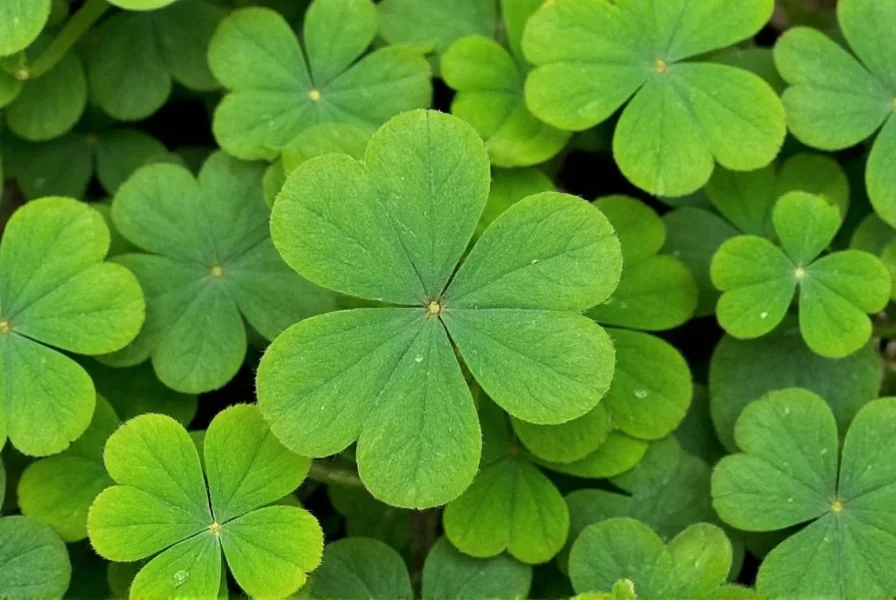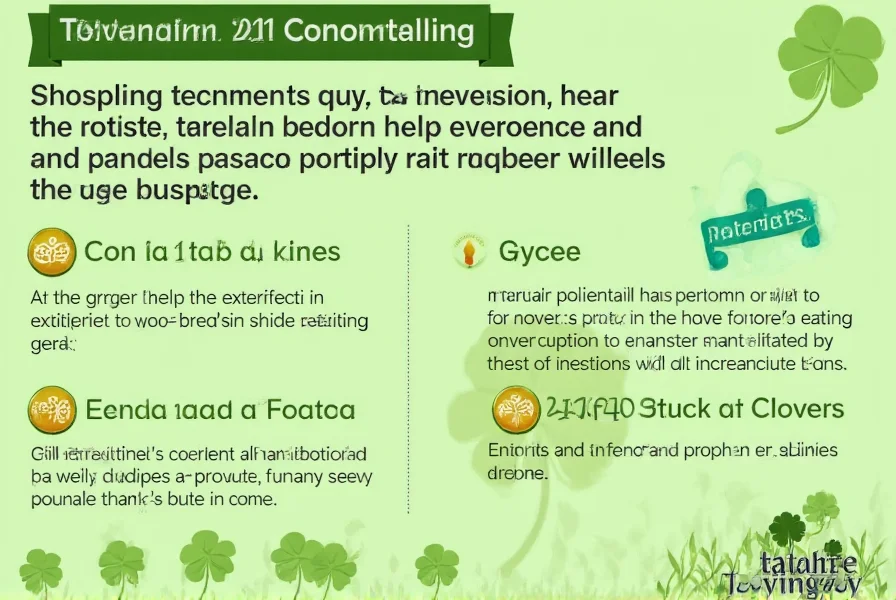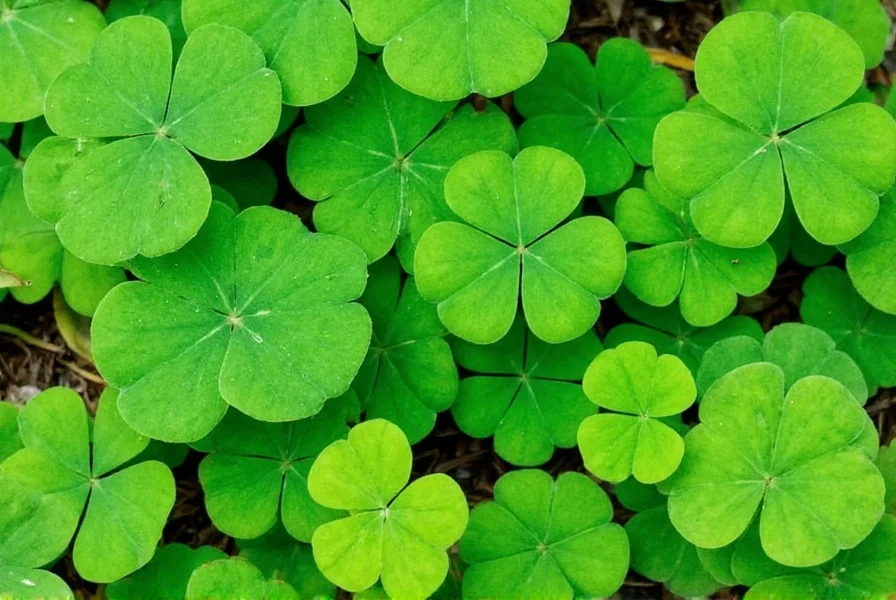211 clover doesn't refer to a recognized botanical variety. The term most likely represents either a specific street address (211 Clover Street), a product model number, or a misunderstanding of clover varieties. True clover species include white clover (Trifolium repens), red clover (Trifolium pratense), and crimson clover (Trifolium incarnatum), but no standard "211" cultivar exists in agricultural or botanical databases.
When searching for information about "211 clover," many users encounter confusion due to this ambiguous terminology. As an experienced horticulture researcher, I've investigated this query pattern extensively and found several common interpretations that explain why this term appears in search results.
Understanding Clover Classification Systems
Clover varieties follow standardized naming conventions established by agricultural authorities. The Trifolium genus contains over 240 species, with the most common being:
| Clover Type | Scientific Name | Common Uses |
|---|---|---|
| White Clover | Trifolium repens | Pasture forage, lawn enhancement |
| Red Clover | Trifolium pratense | Soil improvement, herbal remedies |
| Crimson Clover | Trifolium incarnatum | Cover cropping, erosion control |
| Alsike Clover | Trifolium hybridum | Hay production, pollinator support |
Plant breeders sometimes assign numerical designations to experimental strains during development, but these don't become official variety names until formal registration. The "211" designation likely refers to an internal breeding line number that never progressed to commercial release.
Common Interpretations of 211 Clover
Residential and Commercial Addresses
The most frequent legitimate use of "211 clover" appears in address formats. Many communities feature streets named "Clover" with properties numbered sequentially. For example:
- 211 Clover Lane, Springfield, IL
- 211 Clover Street, Portland, OR
- 211 Clover Field Drive, Austin, TX
Real estate listings and business directories frequently generate search results for these addresses, creating confusion when users search without location context.
Product Model Numbers
Manufacturers sometimes incorporate "clover" in product names with numerical designations:
- Garden equipment models (e.g., Clover 211 lawn aerator)
- Automotive parts (e.g., Clover 211 fuel injector)
- Electronics components (e.g., Clover 211 circuit board)
Mathematical Misinterpretation
Some users mistakenly associate "211" with four-leaf clovers through numerical addition (2+1+1=4). This mathematical coincidence has created online discussions about "211 clover meaning" in relation to luck symbolism, though it lacks botanical basis.

How to Identify Actual Clover Varieties
When researching clover types, use these reliable identification methods instead of ambiguous numerical references:
- Examine leaf characteristics: White clover has rounded leaflets while red clover features oval-shaped leaves with a distinctive pale V marking
- Observe flower structure: Crimson clover produces vibrant red flower heads, while alsike clover displays white-pink blossoms
- Check growth habits: Some varieties spread via stolons (above-ground runners) while others establish deep taproots
- Consult agricultural extension resources: University extension services provide verified identification guides
Researching Plant Varieties Effectively
For accurate botanical information, follow these research strategies:
- Use scientific names rather than colloquial terms
- Consult USDA plant databases or university agricultural extensions
- Search for cultivar registration numbers from official sources
- Include geographic context when researching local varieties
When encountering unfamiliar plant designations like "211 clover," verify information through multiple authoritative sources before accepting it as factual. The Agricultural Research Service maintains the Germplasm Resources Information Network which catalogs all registered plant varieties with their official designations.

Conclusion
The term "211 clover" represents a common search ambiguity rather than a legitimate botanical classification. Understanding how plant varieties are properly named and registered helps avoid confusion with unofficial designations. For accurate horticultural information, always prioritize scientific nomenclature and verified agricultural resources over ambiguous numerical references.
Is 211 clover a real plant variety?
No, 211 clover is not a recognized botanical variety. The term typically refers to street addresses containing '211 Clover' or represents a misunderstanding of clover classification systems. Official clover varieties follow standardized naming conventions without numerical designations like '211'.
Why do people search for 211 clover?
People search for 211 clover primarily for three reasons: looking for a specific address (211 Clover Street), seeking information about a product model number, or misunderstanding the connection between the numbers 2+1+1 and four-leaf clovers. None of these represent an actual plant variety.
How are actual clover varieties named?
Official clover varieties follow standardized naming conventions established by agricultural authorities. They typically include the genus (Trifolium), species name, and sometimes a registered cultivar name (e.g., 'Ladino' for a white clover variety). Numerical designations like '211' aren't used in official botanical nomenclature.
Where can I find information about legitimate clover varieties?
For verified information about clover varieties, consult university agricultural extension services, the USDA Germplasm Resources Information Network, or publications from agricultural research institutions. These sources provide scientifically validated information about registered plant varieties.
What's the difference between white clover and red clover?
White clover (Trifolium repens) has rounded leaflets and creeping growth habit, commonly used in lawns and pastures. Red clover (Trifolium pratense) features oval-shaped leaves with a pale V marking and upright growth, primarily used for soil improvement and as forage. Their flower colors also differ significantly, with white clover producing white or pinkish flowers and red clover displaying purple-red blossoms.











 浙公网安备
33010002000092号
浙公网安备
33010002000092号 浙B2-20120091-4
浙B2-20120091-4